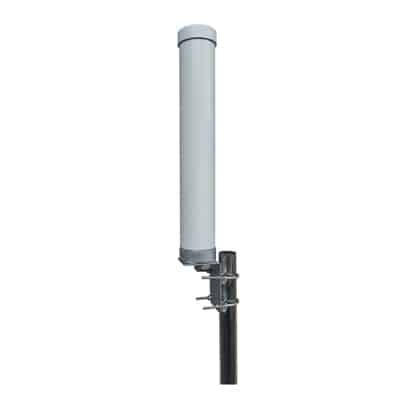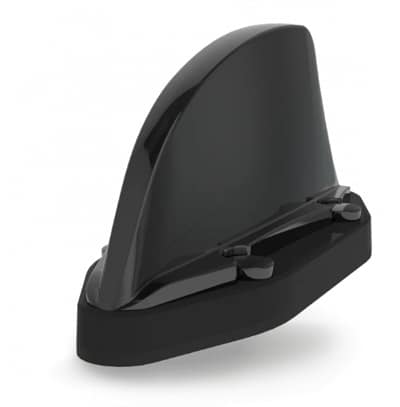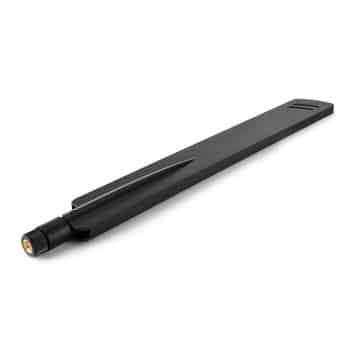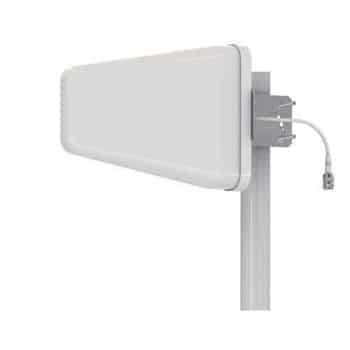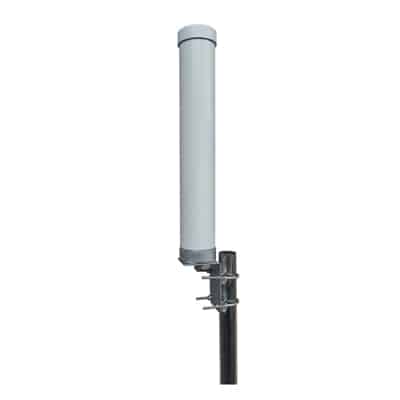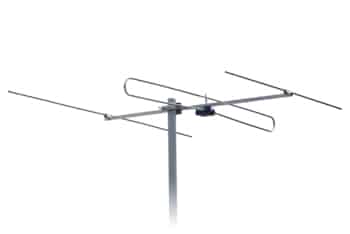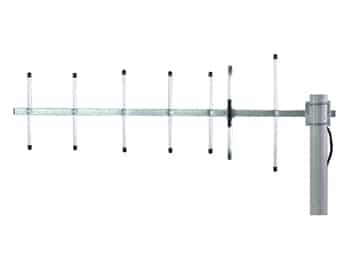In each country, the wireless communication radio spectrum is defined and regulated by a certain organizational authority that allows different applications to operate in their defined band to serve the users. In North America, this authority is known as FCC and in Europe, ETSI makes such regulatory decisions. These authorities allocate the radio frequency bandwidth to each individual application including television and radio broadcasting, telecommunication services, military, government, etc. For operating your specific application, you have to get permission from these authorities to use a certain frequency for your service. However, the regulators have also set aside specific frequency bands which can be flexibly used by users. These bands are known as ISM frequency bands.
In this article, you will learn everything about ISM bands, which frequency bands are included in it, and what are its applications. So, let’s start:
Table of Contents
ToggleDefining ISM Bands
ISM stands for industrial, scientific, and medical (ISM) radio bands that contain a group of internationally reserved frequencies to be used for radio frequency (RF) energy for meeting the requirements of scientific, medical, and industrial fields. These frequency bands are unlicensed which means anyone can use them without having to acquire permission rights first or pay for it. Moreover, they are also not used for communication services.
Main ISM Frequency Bands and their Uses
In the table below, ISM bands being used worldwide and at regional level are shown:
| Frequency Range | Bandwidth | Center Frequency | Allocation |
| 6.765 – 6.975 MHz | 0.03 MHz | 6.78 MHz | Locally Administered |
| 13.553 – 13.567 MHz | 0.014 MHz | 13.56 MHz | Global |
| 26.957 – 27.283 MHz | 0.326 MHz | 27.18 MHz | Global |
| 40.66 – 40.7 MHz | 0.04 MHz | 40.68 MHz | Global |
| 433.05 – 434.79 MHz | 1.74 MHz | 433.92 MHz | Europe, Africa, Russia |
| 865 – 870 MHz | 5 MHz | 868 MHz | Europe |
| 902 – 928 MHz | 26 MHz | 915 MHz | Americas |
| 2400 – 2500 MHz | 100 MHz | 2450 MHz | Global |
| 5725 – 5875 MHz | 150 MHz | 5800 MHz | Global |
| 24 – 24.250 GHz | 250 MHz | 24.125 GHz | Global |
| 61 – 61.5 GHz | 500 MHz | 61.250 GHz | Locally Administered |
| 122 – 123 GHz | 1000 MHz | 122.5 GHz | Locally Administered |
| 244 – 246 GHz | 2000 MHz | 245 GHz | Locally Administered |
The major uses of the given ISM frequency ranges are as follows:
- The 6.78 MHz ISM frequency is a short-wave frequency being commonly used in RFID systems.
- The 13.56 MHz frequency band is common in RFID system as well as in other ISM applications including remote control model systems, remote control systems, pagers, and demonstration radio systems.
- The applications of 27.125 MHz ISM band include inductively coupled RFID systems, medical electrotherapy devices, pagers, remote control toys, and industrial high-frequency welding devices.
- The 40.680 MHz ISM band lies at the bottom of the very-high frequency (VHF) band. Its ISM applications include remote control and telemetry.
- The 433.920 MHz frequency band is part of the ultra-high frequency (UHF) band and lies in the center of the amateur radio band. This frequency spectrum face obstructions against buildings and trees, getting reflected or attenuated. Its applications include backscatter RFID systems, telemetry transmitters, wireless headsets, low-power wireless intercom, small telephones, and wireless central locking devices for vehicles.
- The 868 MHZ ISM band is used in short-range devices.
- The 915 MHz band ranging from 902 to 928 MHz is used in backscatter RFID systems in US and Australia. However, this band is not available in Europe for ISM services.
- The 2.4 GHz ISM band is part of the microwave band and used for backscatter RFID systems, Bluetooth, and Wi-Fi, microwave, and 802.11 wireless protocol network.
- The 5.8 GHz ISM band is used in backscatter RFID systems, and in door opening or closing system.
- The 24.125 GHz ISM band is mostly used for mobile signal sensors and for transmitting data on radio directional system.
What can Tesswave do for you?
Tesswave provide 100+ antenna products and you can contact us for antenna customized solutions, get in touch with us today to get a Free quote.
Get an Instant Quote
Get a FREE quote and we will contact you within an hour
Why ISM Band is not used for communication?
As discussed, the ISM frequency bands are mostly used for scientific, medical, and industrial requirements other than communication. For example, the bands can be used in microwave ovens. This is because the devices using ISM bands emit powerful signals that can create electromagnetic interference and degrade the communication services of other users that are operating on the same frequency bands. Therefore, communication on ISM band is not completely prohibited but if any communication device is operating on the same frequency spectrum, it is responsible for the interference faced due to ISM applications.
Rules and Regulations around the World
There are certain rules defined by the regulatory authorities to use the ISM bands. According to FCC, in the US, it is stated that the unlicensed users of ISM band should not cause any interference to licensed users and they have to tolerate the interference caused by licensed users. Anyone who wants to develop an ISM band-enabled device must authorize/register the product under a certification process. Moreover, a manufacturer has to test the newly developed unlicensed device, such as wireless transmitter, in an FCC authorized laboratory before selling it in the market.
In UK, users are allowed to use ISM devices but they should not disturb the rules of Wireless Telegraphy Act. These rules state that the radiations from the ISM devices should be minimal and must not cause any harm to communication services especially radio navigation.
In Europe, ETSI is responsible for allocating rules and regulating the ISM band-enabled devices. According to these rules, the manufacturer of a device that intends to operate in the ISM band must provide a declaration that the developed product meets all legal requirements. In Canada, the product certification is issued by a government department named Innovation, Science and Economic Development Canada.
Applications of ISM Band
Some of the applications of ISM band in various sectors include:
- In industrial sector, ISM bands are commonly used for induction heating like microwave heating in industries and at homes.
- In medical sector, it is being used for different medical purposes including diathermy, hyperthermia therapy, and RF/microwave ablation.
- Recently, ISM bands have also been introduced in radar systems operating at 2.4 GHz ISM band. This is due to the low-cost and readily available ICs used in this spectrum.
- ISM band can also be used for short range, low power, and license-free communication systems like Wi-Fi, Zigbee, RFID, wireless telephones, NFC, and Bluetooth.
- These bands are also expected to be employed in advanced low-power communication technologies including Internet-of-Things (IoT), M2M and Industry 4.0 applications. Some of the examples of include NB-IoT, LoRa, Z-wave, Sigfox and Thread.
- Other applications of ISM bands include wireless LANs, short-range connectivity for electronic toll collection, home audio distribution, private point-to-point links, wireless telemetric systems, garage door openers, and wireless phones.
Conclusion
This article conveyed a detailed information about ISM frequency bands and which frequencies are part of this unlicensed spectrum. It explains the readers that why ISM bands are not very common in telecommunication but gradually these bands are making their way in this field as well. It also presents the rules and regulations defined by different regulatory authorities of different countries regarding the use of ISM bands. In the end, it states the applications where ISM bands are serving effectively.

